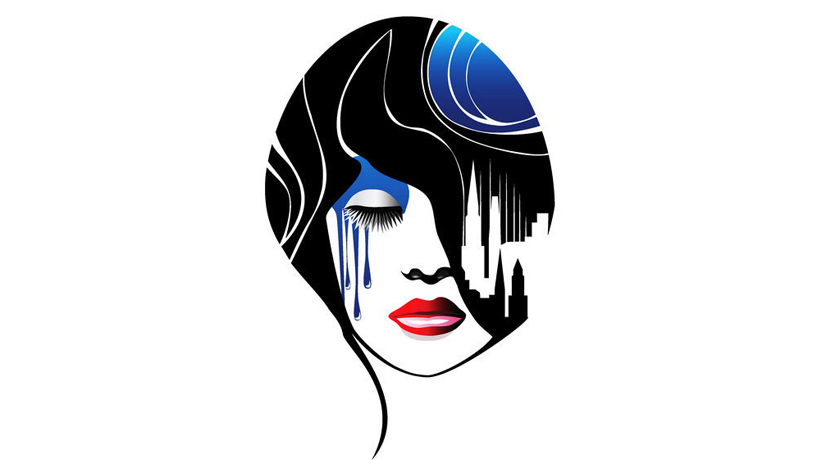Crying is often seen as a sign of weakness, but is it really? Even if you’re crying over something that seems like “nothing,” there’s more to it. There are several reasons why it’s good to let the tears flow:
It’s a healthy outlet: Crying is much better than bottling up your emotions, it’s cathartic. In the long run, it’s better to cry when you need to rather than let the feelings simmer. The experience can also be reflective so that you can think more clearly after.
Crying releases toxins and boosts your mood: Dr. William Frey, a biochemist at the Ramsey Medical Center in Minneapolis, found that “emotional” tears contain stress hormones and other toxins. This means that when you cry, you’re getting that out of your body. While it’s releasing the bad stuff, it makes you feel better at the same time.
It shows strength: The notion that “men don’t cry” or “big girls don’t cry” shouldn’t be taken seriously. Rather, crying breaks down barriers and lets people know the authentic you. This is more impressive, according to Dr. Frey, than putting on some kind of front and never crying at all.
It’s our human instinct: Studies from the American Psychological Association show that infants’ tears help communicate their needs. This can happen for adults, too. Another study showed that crying can be a key to communication, citing an experiment where respondents were more willing to provide support when they saw people crying compared to when people weren’t crying.
Crying at work?: There is a strong difference of opinion on this. Dr. Laura Safar, Director of Neuropsychiatry Clinical Services and Education at Brigham and Women’s Hospitals says, “there are no absolute answers to this question, and it’s not just about gender. For anyone, man or woman, the answer would depend on context and degree. Sobbing uncontrollably in response to a minor mishap? Not OK, most times. But the timely shedding of a tear or two in front of a trusted colleague, reminding us that a good emotional range is part of humans’ strength? Probably fine, go ahead.”



